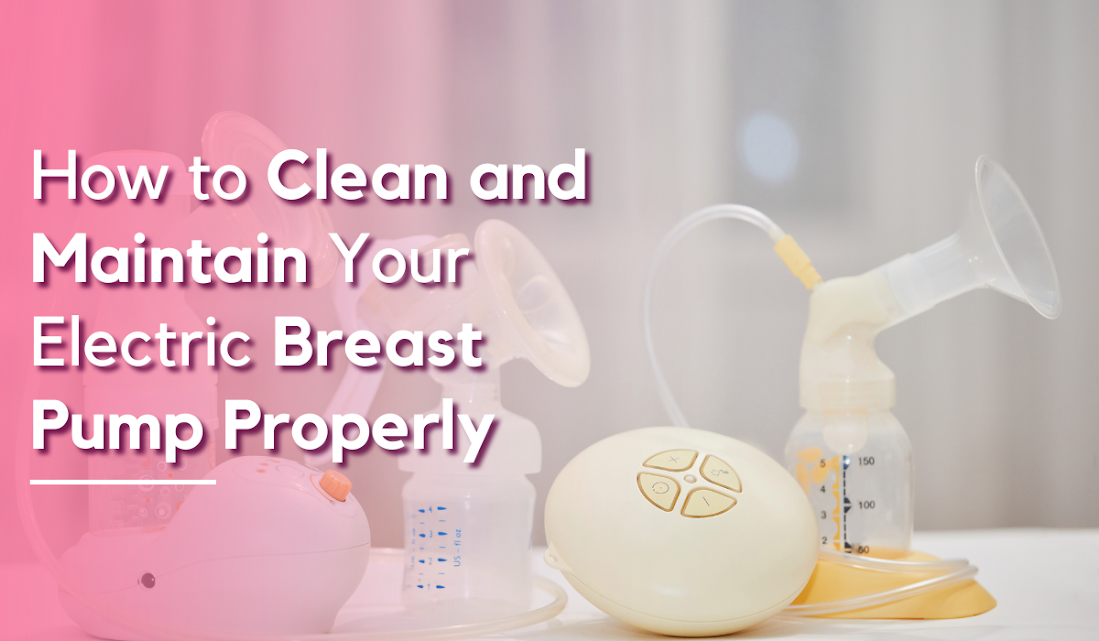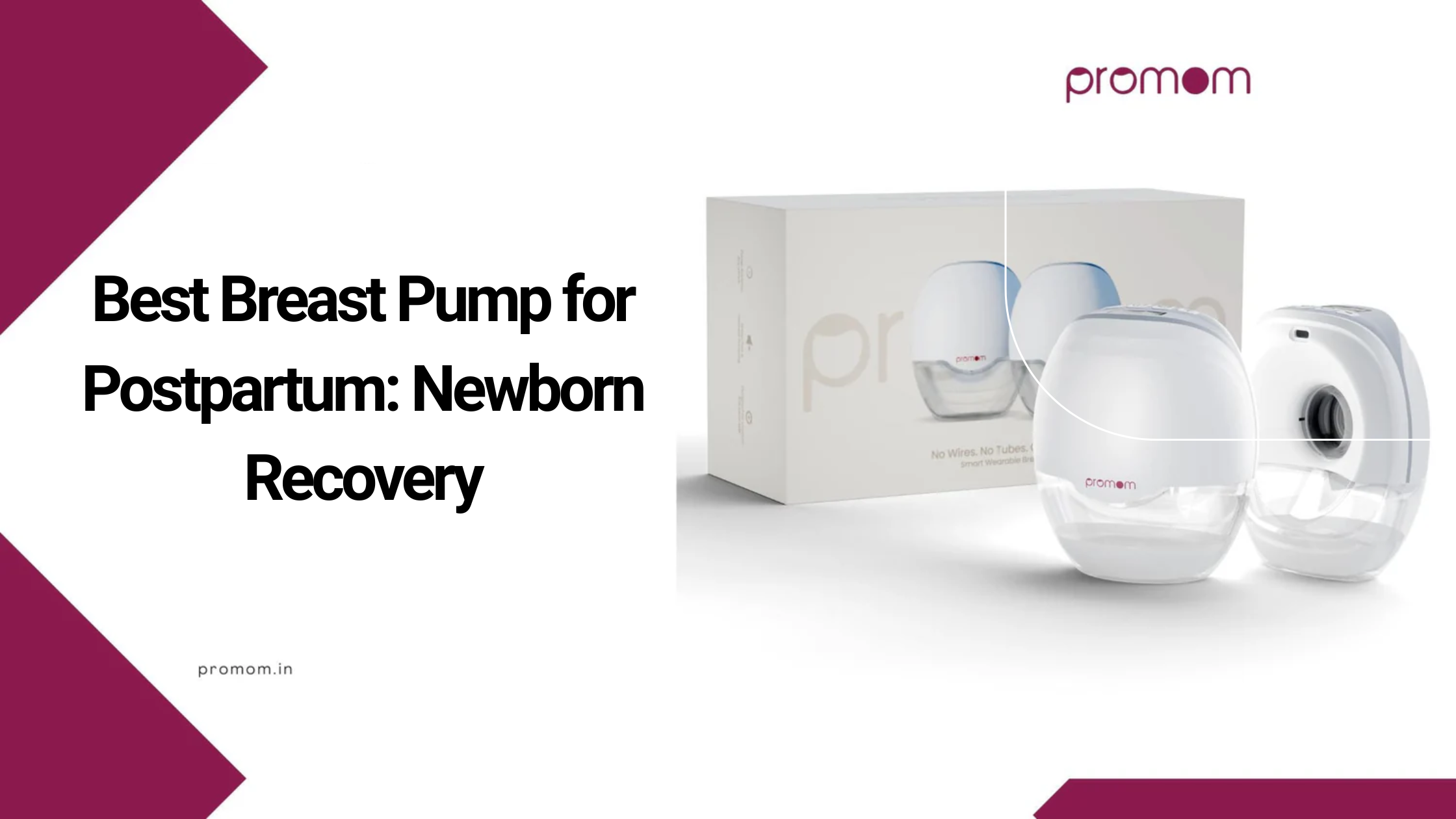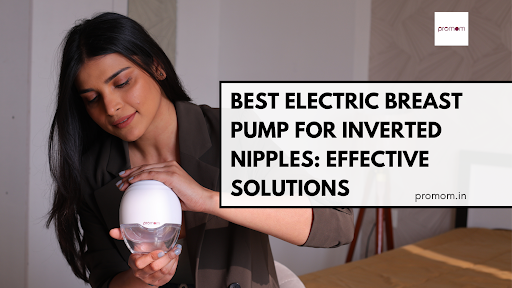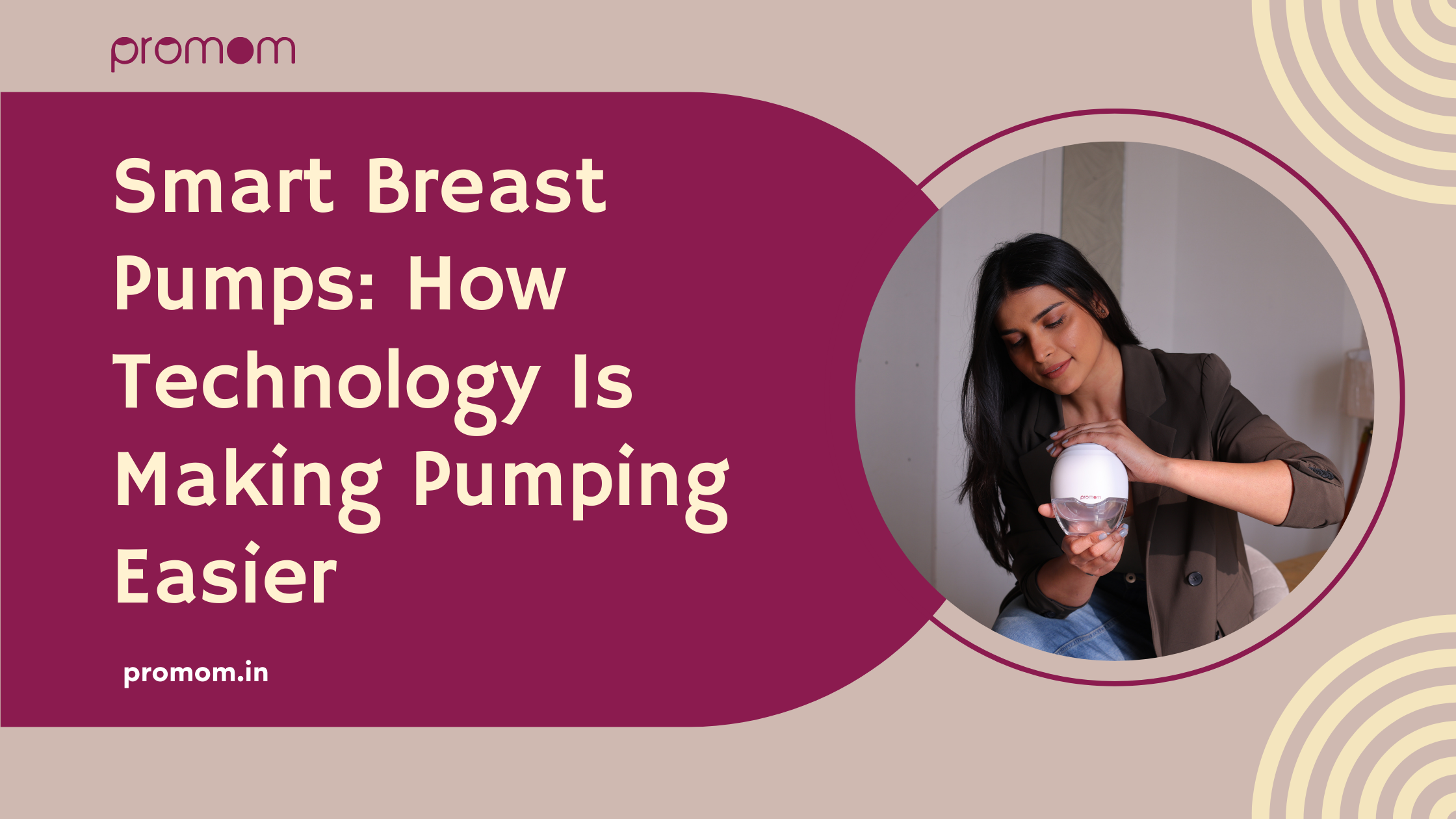
How to Clean and Maintain Your Electric Breast Pump Properly
Choosing a top electric breast pump creates only one aspect of maintaining smooth and hygienic breastfeeding. Efficiency and long-term integrity of your pump depend on proper care and maintenance alongside regular maintenance routines. The health and security of your baby rest on a clean pump while its operation reaches peak performance levels.
This blog provides step-by-step instructions about cleaning and maintaining your electric breast pump to help it stay at its best. You can adopt easy daily practices for pump maintenance, which protects your device from damage while assuring optimal pumping results.
Why Proper Cleaning and Maintenance Matter?
Your investment in the best electric breast pump demands proper maintenance because it supports your breastfeeding journey. Inadequate cleaning allows harmful bacteria to grow together with mold and parts to clog, which degrades pump operation while presenting health risks to your baby. Damaged pumps need expensive maintenance, but routine care helps prevent breakdowns while offering peak performance.
Step-by-Step Guide to Cleaning Your Electric Breast Pump
Before the First Use
Cleaning all components meant to touch milk is vital before using an electric breast pump for the initial session. The equipment comprises shields, valves, and bottles together with all detachable parts of the device.
Separate each part of the electric breast pump before cleaning them properly with warm water mixed with dish soap. Carefully scrub all parts to remove any residue that may be present. Soak all equipment until they reach a completely dry state after rinsing them well with fresh water.
After Every Use
Regular cleaning of your electric breast pump immediately following use guarantees both hygiene standards and proper equipment operation. Proceed with the breakdown of all detachable parts, which include breast shields and valves alongside bottles plus tubing units.
Hot water solution with dish soap requires careful application through each piece by a soft brush to eliminate milk residue from hidden spaces. Complete all cleaning steps by rinsing all components until soap residue disappears. Place all parts on a clean surface made from towel fabric or a drying rack to naturally dry them.
Tubing together with Pump Motor must be cleaned.
Electric breast pump tubing does not touch milk directly, but it absorbs dust particles and moisture from the surrounding environment. You should clean tubing with a clean towel per manufacturer instructions or by wiping it with a towel.
The tubing system of certain pump models can go through dishwasher cleans to help users maintain easier maintenance. You should clean the motor unit by using a damp cloth to wipe its surface while keeping it dry. Continuous water submersion of the pump motor will damage its electronic elements irreversibly.
Disinfecting the Pump Parts
It is essential to perform disinfection of electric breast pump parts because it removes dangerous bacterial presence. To sanitize detachable pump parts, you should boil them in water for a few minutes, while you can use a steam sanitizer as an alternative sanitization method.
Pay attention to the user manual instructions for proper use of in-built sanitizing features, which your pump might offer. The best alternative is to use wipes with disinfectant made for baby products on breast pump components.
Store the Pump Properly
All clean and dry electric breast pump components should be stored in a dry and hygienic setting. Do not place plastic parts in exposed sunlight or wet spaces because exposure results in material damage and shapes the components permanently.
Place all pieces of the pump in a sealed container and clean bag for extended storage. Putting the pieces in a safe area prior to storage will protect them from potential dust and bacterial or moisture contamination during periods of non-use.
Tips for Maintaining Your Electric Breast Pump
Check for Wear and Tear
You need to periodically check your electric breast pump to identify signs of physical deterioration. Inspect all tubing and valve components and seals to look for possible damages. It is best to replace worn-out parts of your electric breast pump as soon as possible to keep the pump operating efficiently. A properly maintained electric breast pump will extend its useful life and improve operational efficiency.
Regularly Replace Accessories
The lifespan of breast pump accessories consisting of valves along with membranes and tubing deteriorates with advanced usage. Follow the manufacturer specifications to find out when replacement of these parts is necessary. The replacement of these pump components when recommended results in malfunction prevention and maintains hygienic operations.
Deep Cleaning
Execute deep component cleaning once in a while when you sanitize all pump elements that receive minimum usage. A careful cleansing procedure ensures your pump remains free from bacteria and milk residue, thus bringing you both reassurance and your baby reassurance.
Avoid Harsh Chemicals
Clean your breast pump electrically by omitting the use of rough cleaning chemicals. The plastic components might suffer damage because of these cleaning agents, which could release substances into your milk supply. Use mild wash soaps with sterilizing remedies or items manufactured expressly for pump breast cleaning equipment.
Follow the Manufacturer’s Instructions
Always look at the user manual of your electric breast pump to obtain precise cleaning directions and maintenance procedures. Observable differences exist across multiple pump models. It requires proper care, so adhere to the manufacturer’s guidelines.
Why Choose the Best Electric Breast Pump?
Selecting an excellent electric breast pump will provide extensive benefits for your breastfeeding routine. High-quality pumps deliver enhanced efficiency together with superior comfort performance while providing easier cleaning and maintenance routines. Your baby's pump efficiency provides longer quality time together while reducing your pump-related maintenance tasks.
Conclusion
By conducting appropriate cleaning procedures and regular maintenance tasks, your electric breast pump will operate reliably while remaining sanitary for nursing your baby. The steps detailed above help extend your pump's lifespan to ensure both optimal performance and safety for your baby.
The proper maintenance of your best electric breast pump will extend the amount of time it serves you effectively throughout several months and even years.
Visit Promom for additional tips alongside exclusive deals that enhance your pumping experience to find the right pump for you.


